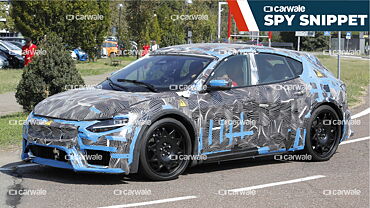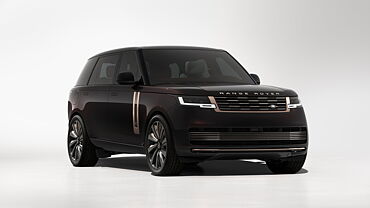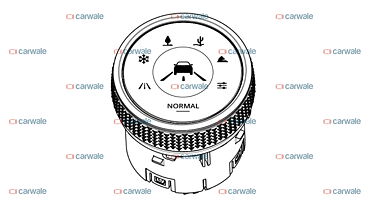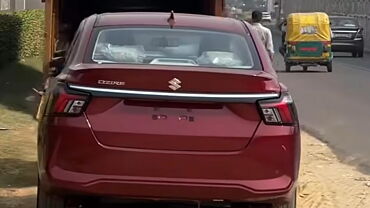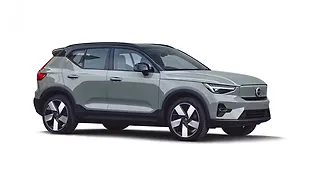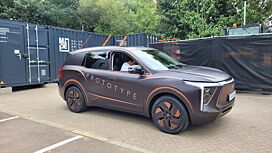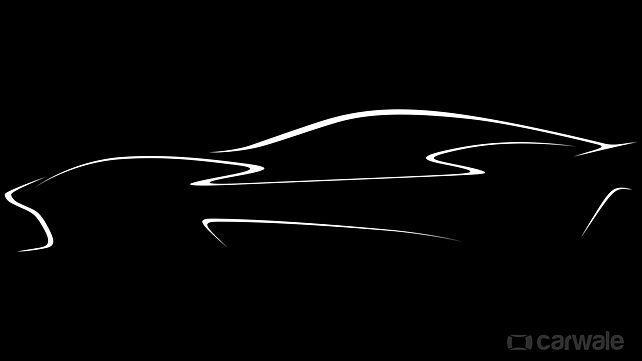
- New BEV platform announced
- Will spawn high-performance electrified hypercar, Sports, GT, and SUVs
Aston Martin has, for the first time, officially revealed their electrification plans. The British marque has collaborated with Lucid Motors for the development of their next-generation of electric vehicles, which will include a high-performance hypercar, a Sports series, GT series, and even an electric SUV. The first Aston Martin EV is set to roll out in 2025. Meanwhile, the collaboration with Mercedes-Benz for ICE and hybrid technology will carry on as well.
New BEV platform for Aston Martin:

Aston Martin will collaborate with Lucid Motors, as mentioned above, to develop an all-new platform for their EVs. Lucid’s current and future powertrain and battery technology will be shared to benefit the in-house developed Aston Martin BEVs. The carmaker will also invest two billion euros over the next five years for the development of both ICE and BEV technologies.

Notably, the Aston Martin Valhalla’s (the marque’s first PHEV) deliveries will commence in 2024. And the all-new Aston Martin models launched after 2026 will feature an electrified powertrain option. Aston Martin also plans on going fully electric by 2030.

Aston Martin and Mercedes-Benz

Mercedes-Benz will continue to provide Aston Martin with its powertrain and electronic architectures for current and future generation models. With Lucid’s powertrain technology and Mercedes-Benz’s electronic architecture, the electrified Aston Martin aims at class-leading performance and dynamics.
Aston Martin’s Future Plans:

The next generation of Aston Martin models will also benefit from the carmaker’s outing in Formula 1. It includes technologies like active aerodynamics, drag reduction, powertrain management, torque delivery, and sleeker design language.

Aston Martin and Pirelli are also developing the latest generation of P Zero R tyres. These tyres feature Pirelli Cyber Tyre – a system of sensors that gathers a wide range of data and can provide a reliable gauge of the load by going through individual tyres to calculate a more accurate real-world range.

